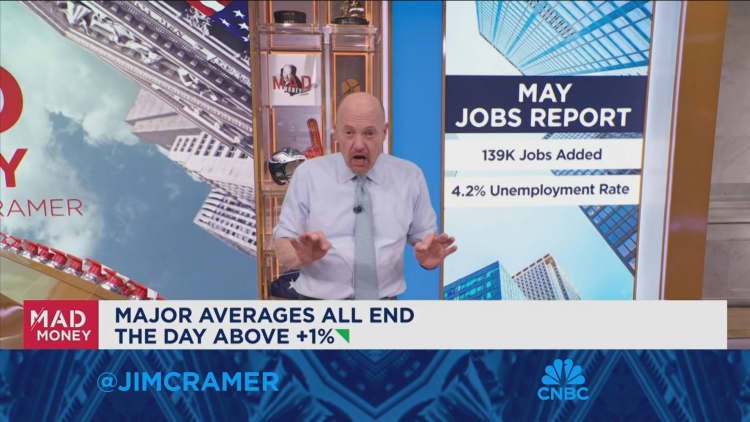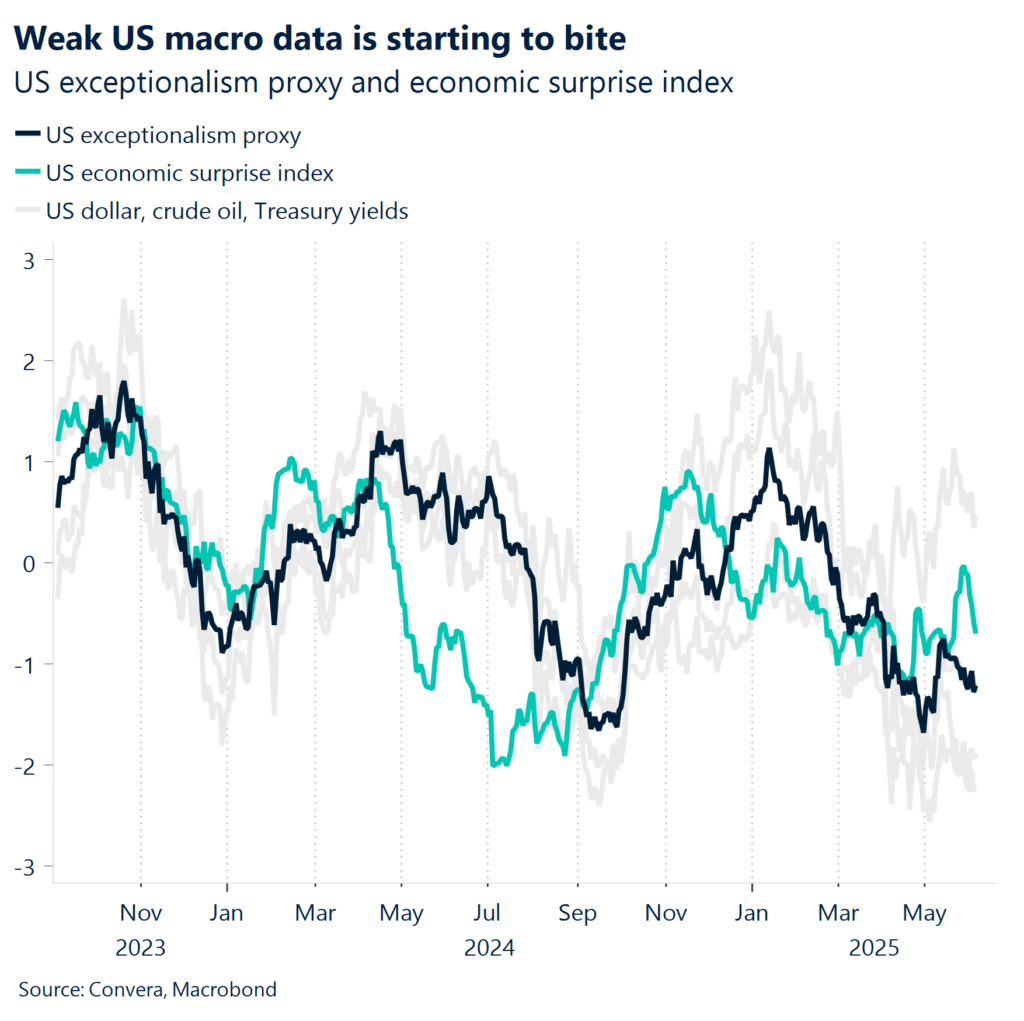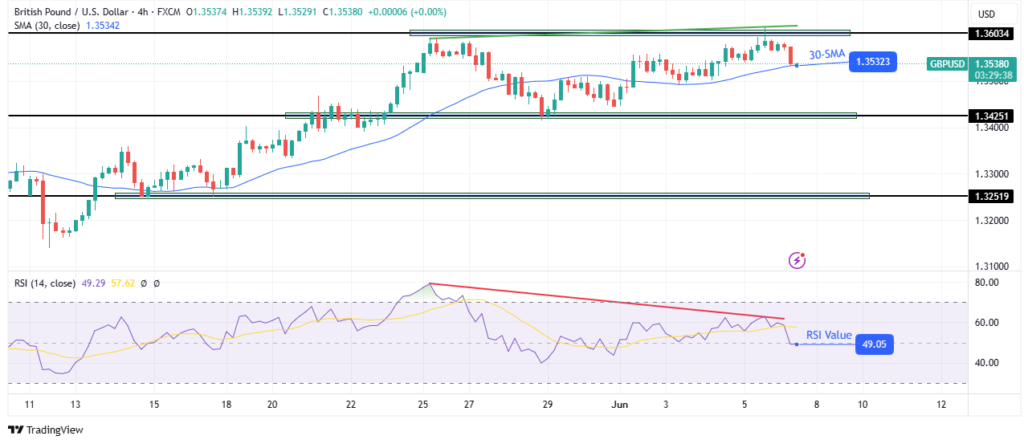
Illustration of Nasdaq and Bitcoin logos.
Circle, the issuer of USD Coin (USDC), debuted on the NYSE today by raising $1.05 billion at $31 per share, valuing the company at roughly $8 billion. The IPO exceeded expectations and was one of the largest crypto-related listings since Coinbase in 2021. It signals a significant shift: crypto firms, especially those dealing in infrastructure or stablecoins, are now being viewed as more “institutionally safe” than speculative assets. Circle’s CEO, Jeremy Allaire emphasized in his X account that going public promotes transparency and trust – essential ingredients for bridging crypto and traditional finance.
Crypto related IPOs.
Recent Crypto IPOs: Galaxy, eToro, Exodus
Galaxy Digital uplisted to Nasdaq in May 2025. Previously listed in Toronto, the firm made the move to gain greater liquidity and access to U.S. capital. Although it didn’t raise money on the day of its listing, Galaxy soon followed with a secondary offering. The uplisting was seen as a regulatory milestone – Galaxy shifted domicile from the Cayman Islands to Delaware to meet listing requirements.
eToro, the Israeli social trading platform, went public the same week. Priced at $52, the stock surged nearly 30% on debut, giving it a ~$5.6 billion valuation. eToro’s pivot to regulatory compliance, such as limiting its U.S. crypto services and settling with the SEC, played a major role in making the IPO viable. Crypto now forms a significant chunk of eToro’s revenue, blurring the line between fintech and crypto-native businesses.
Exodus, maker of a self-custody crypto wallet, uplisted to NYSE in late 2024. Though smaller in size (~$800–900 million market cap), its listing marked a step forward for crypto software firms. The move followed the election of President Trump and a more crypto-friendly regulatory tone, signaling a potential shift in how smaller crypto players can access public markets.
Yoni and Ronen Assia, co-founders of eToro, after the eToro IPO event outside the Nasdaq in New … More York.
Coinbase and Robinhood: Pioneers of Crypto Listings
Coinbase’s direct listing in April 2021 was historic. It opened at $381, peaking at $429, and ended the day with a valuation around $85 billion. The listing legitimized crypto on Wall Street and established a blueprint for future IPOs. Today, Coinbase has gained further credibility by entering the S&P 500 index in 2025.
Robinhood, though not crypto-native, made its mark in July 2021. The IPO raised $2 billion at a $32 billion valuation. Robinhood’s significant crypto trading volumes made it a proxy for retail crypto enthusiasm. Its listing reinforced the narrative that consumer fintechs with crypto exposure could thrive in public markets.
Brian Armstrong, co-founder and CEO of Coinbase.
Older Entrants Turned Crypto Giants
Companies like Marathon, Riot, and Strategy (formelly known as MicroStrategy) went public before they were crypto-linked:
Marathon and Riot pivoted to Bitcoin mining from totally different businesses (patents and biotech) and reached $4-5 billion market caps during bull cycles.
Strategy, originally an analytics software company, became a de facto Bitcoin ETF, amassing over 568,000 BTC and reaching a $25 billion valuation.
These firms illustrate how legacy businesses have transformed into crypto leaders, even if their IPOs predated the sector’s rise.
Michael Saylor, co-founder and CEO of Strategy.
Next in Line: Potential Crypto IPOs
Several crypto companies are considered strong IPO candidates:
ConsenSys (developer of MetaMask and other Ethereum developer tools) is viewed as nearly IPO-ready, with a $7 billiob valuation and ongoing internal preparations. It could become the first pure-play blockchain infrastructure listing.
Ledger, the hardware wallet maker, is likely to IPO on Euronext or a U.S. exchange. With $500+ million in funding and strong global brand recognition, it could appeal to security-conscious investors.
Fireblocks, an institutional custody provider, is valued at $8 billion. While in no rush to go public, it has been hiring C-suite leaders in preparation.
Chainalysis, the blockchain intelligence and analytics firm, is a key compliance partner to governments and businesses. Leadership changes and new board members hint at IPO readiness.
Kraken may be the next major U.S. exchange to list. It’s been expanding globally and acquiring traditional trading platforms like NinjaTrader.
Revolut, while not crypto-native, is seen as a possible candidate for IPO. With its massive user base and crypto integration, it would highlight the fintech-crypto convergence.
Why Now? Key Market Tailwinds
1. Maturing Crypto Businesses: Firms like Circle and Coinbase now resemble traditional fintechs – with compliance teams, revenue transparency, and risk management. This appeals to public investors seeking durable growth.
2. Regulatory Shift: Under the Trump administration, the U.S. has signaled a more crypto-friendly stance. The SEC’s softer tone (e.g. approving spot Bitcoin ETFs and dismissing many lawsuits against crypto companies) and moves toward stablecoin legislation reduce uncertainty for would-be public companies.
3. Institutional Buy-In: Heavyweights like BlackRock, Visa, and Fidelity are not only backing crypto firms, taking part in their IPOs, but also launching crypto-related services. Their involvement lends legitimacy and opens doors for broader investment.
4. Better Investor Protections: Public listings require disclosures and financial oversight, giving both retail and institutional investors greater confidence.
The Big Picture: Crypto Merges with Wall Street
2025 is emerging as a watershed year in which crypto and traditional finance begin to truly converge. What was once considered a fringe sector defined by volatility and skepticism is now producing companies that are not only IPO-ready, but in some cases are joining the ranks of the S&P 500. Crypto-native firms like Circle, Galaxy Digital, eToro, and Exodus have all gone public over the past year, signaling that digital asset businesses are entering the financial mainstream. They join earlier listings from Coinbase and Robinhood, which helped lay the groundwork for what is now a rapidly expanding category of “crypto stocks.”
For investors, this shift presents a broader and more diversified opportunity set. The market now includes publicly traded exchanges, self-custody wallets, institutional infrastructure providers, and fintech apps with integrated crypto trading and staking features. This diversity reflects a maturing industry that is increasingly defined not by speculative trading, but by real business models and long-term strategic vision.
Importantly, the move into public markets also brings greater accountability. Listed companies must meet higher standards for financial reporting, compliance, and governance – which in turn makes them more attractive to institutional capital. While significant risks remain, including regulatory fragmentation across jurisdictions and persistent market volatility, the underlying foundation of the crypto sector is stronger than ever. Going public enables these companies to access capital and scale responsibly, under the watchful eye of both regulators and public shareholders. In short, crypto’s entrance into public equity markets marks a pivotal step toward institutional credibility, market discipline, and sustainable growth.







